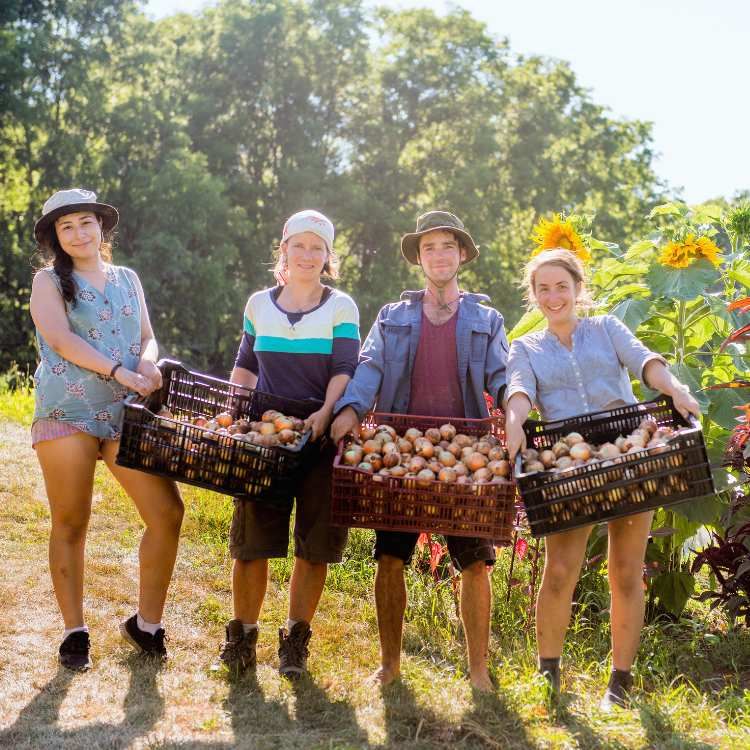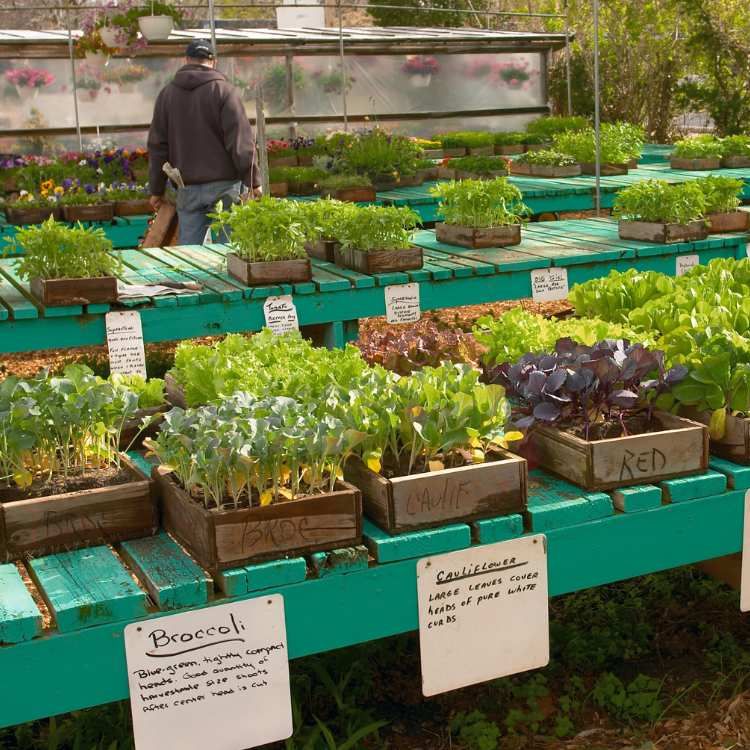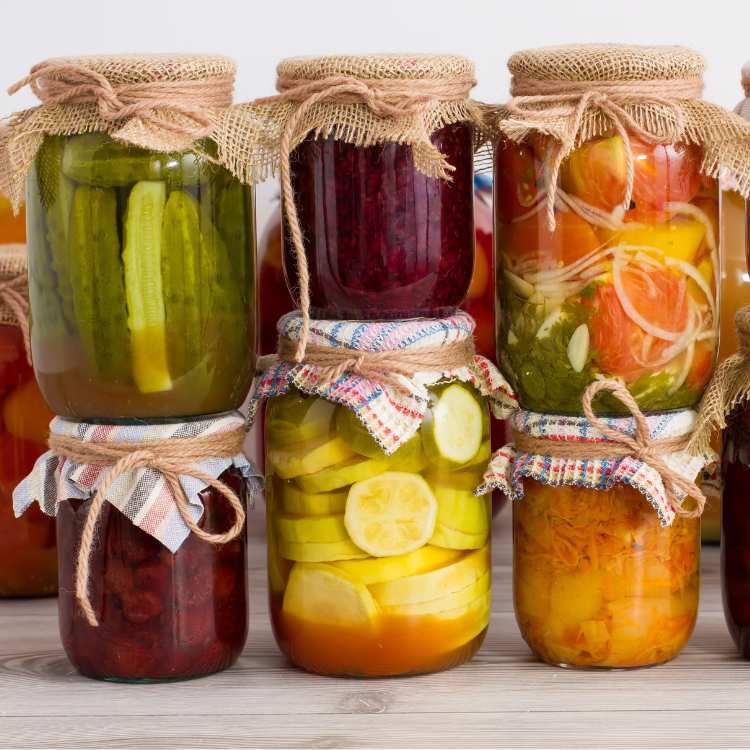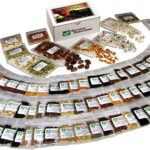
Key Takeaways
Urban survival gardening is a powerful tool for enhancing community health and self-sufficiency.
Even small spaces like windowsills or balconies can become productive growing areas.
Starting an urban garden requires simple tools and can be done on a budget.
Choosing the right plants is crucial for maximizing yield in small spaces.
Community engagement and sharing the harvest can strengthen neighborhood bonds.
Why Urban Survival Gardening Reigns Supreme in City Living
There’s something magical about turning a concrete jungle into a green oasis. Urban survival gardening isn’t just about growing plants; it’s about resilience, self-reliance, and community. Whether you’re surrounded by high-rises or just have a tiny patch of sun on your balcony, you can grow food. And the best part? It brings people together, creating a vibrant, health-conscious community right where you live.
Health in Every Footprint
Gardening in the city isn’t just about adding a splash of green. It’s about fresh, nutritious produce right at your fingertips. Think about it – vegetables from your garden are the ultimate in local food. They’re packed with vitamins because they go straight from your garden to your plate, no long-distance trucking involved.
Economy in Your Backyard
Let’s talk dollars and cents. When you grow your own food, you’re saving money on grocery bills. Plus, by using upcycled materials for planters and composting your kitchen scraps, you’re reducing waste. That’s good for your wallet and the planet.
Location, Location, Location: Finding Space to Grow
So, you want to start an urban survival garden? The first step is finding the right spot. You might think you need a big backyard, but that’s not the case. A sunny windowsill, a balcony, or even a rooftop can become a productive growing space. It’s all about getting creative with what you have.
Windowsill Wonders
Your windowsill is prime real estate for growing herbs and small vegetables. Start with easy-to-grow herbs like basil or chives. They don’t need much room, and they’ll add a burst of flavor to your cooking. Plus, they’re pretty forgiving for beginners.
Community Garden Collaborations
If you’re short on space, look for a community garden. It’s a great way to grow your own food and meet your neighbors. You’ll learn from each other, share tips, and maybe even swap veggies. Community gardens are all about collaboration, and that’s a beautiful thing.
Example: My neighbor started with a single tomato plant on her balcony. Now, she’s got a thriving garden and shares her harvest with the whole building. It’s inspired many of us to start our own little gardens. We’re a community growing together.
Community gardens can be transformative for neighborhoods. They turn unused land into productive plots that foster not only plants but also friendships and a sense of belonging.
Vertical Ventures
When horizontal space is at a premium, think vertical. Trellises, hanging baskets, and wall planters are your friends. They let you grow upwards, making the most of every inch. Climbing plants like beans, peas, and even some varieties of squash love to grow tall.
Upcycling for Urban Planters
Don’t let the lack of traditional garden space stifle your green thumb. Upcycling is the art of taking something that’s no longer in use and giving it a new life. In the context of urban survival gardening, this could mean turning old buckets, wooden pallets, or even shoe organizers into planters. It’s cost-effective, environmentally friendly, and a great conversation starter. Plus, it adds a unique, personal touch to your urban oasis.
Choosing Your Green Companions Wisely

The secret to a thriving urban garden is choosing the right plants. Not all plants are suited for the confined spaces of a city dwelling. But don’t worry, there’s still a wide variety of fruits, vegetables, and herbs that are perfect for your urban survival garden.
High-Yield Plants for Small Spaces
When space is limited, you want to make every inch count. High-yield plants like tomatoes, peppers, and leafy greens such as spinach and kale are excellent choices. They don’t require much room to flourish and can be harvested multiple times throughout the growing season. Remember, the goal is to grow smart, not big.
Pollinator Pals: Why Bees and Butterflies Matter
Bees, butterflies, and other pollinators are essential for a healthy ecosystem. They help your plants reproduce by moving pollen from one flower to another. Attracting these friendly insects to your urban garden is simple: plant a variety of flowers they love, like lavender and marigolds. Besides, they add a splash of color and life to your garden.
Water Wisdom: Quenching Your Garden’s Thirst Sustainably
Water is precious, especially in the city. Collecting rainwater is a sustainable way to water your plants. It’s free, and it reduces the demand on the municipal supply. A simple rain barrel can be set up to catch water from your roof. Just make sure it’s covered to keep mosquitoes out.
Repurposing Rain: Homemade Water Collection Systems
Use barrels or large containers to catch rainwater from downspouts.
Connect a spigot at the bottom of your container for easy watering.
Consider adding a screen to filter debris and a lid to prevent breeding of insects.
Every drop counts, and by using rainwater, you’re not only watering your plants but also doing your part for the environment. This method is especially helpful during dry spells or in areas with water restrictions.
Drip Irrigation DIY: Less Wastage, More Nourishment
Drip irrigation is a game-changer for urban gardens. It delivers water directly to the base of each plant, which means less evaporation and runoff. You can easily set up a drip irrigation system using a simple hose, some emitters, and a timer. Your plants get the water they need, when they need it, and you save time and resources.
Making It Grow: Caring for Your Urban Oasis
Your urban garden is more than just a collection of plants; it’s a living, breathing space that requires care and attention. The key to success lies in understanding the needs of your plants and providing the right conditions for them to flourish.
Soil quality is paramount. Most urban dwellers will be working with container gardens, so choose a high-quality potting mix that provides good drainage and is rich in organic matter. Regularly adding compost will enrich the soil and promote healthy plant growth.
Next, consider the light. Most edible plants need at least six hours of sunlight to thrive. Observe the patterns of sunlight on your balcony or windowsill throughout the day and place your plants accordingly. If natural light is limited, you might consider grow lights.
Choose a quality potting mix for your containers.
Add compost to nourish your soil.
Monitor the sunlight and position your plants to get a minimum of six hours a day.
Consider using grow lights if natural sunlight is inadequate.
Soil and Sun: Ensuring Your Plants Thrive
Without fertile soil and ample sunlight, your urban garden will struggle. But when you get the combination right, your plants will reward you with vigorous growth and bountiful harvests. Take the time to learn about the specific needs of each plant you choose to grow, and adjust your care accordingly. Healthy soil and proper light are the foundations of successful urban gardening.
Pest Control: Natural Ways to Keep Critters at Bay
Pests can be a challenge, but there are natural ways to manage them. Introduce beneficial insects like ladybugs, which feed on aphids, or use neem oil, a natural pesticide. Physical barriers, such as netting or row covers, can also protect your plants. The key is to stay vigilant and address issues early before they become infestations.
Harvest Home: From Garden to Table

One of the most satisfying aspects of urban survival gardening is the harvest. Plucking fresh produce from your plants and using it in your kitchen is not only gratifying but also promotes a healthier lifestyle. But knowing when and how to harvest can make a big difference in the quality and quantity of what you grow.
Knowing When to Pick: Harvesting Tips
Harvesting at the right time is crucial. For example, pick leafy greens in the morning when they’re most hydrated. Tomatoes should be picked when they’re brightly colored but still firm. Regular harvesting often encourages plants to produce more, so don’t be shy about picking your veggies.
Preserving the Bounty: Basic Canning and Storage
When you’ve got more produce than you can eat, it’s time to preserve it. Canning, drying, and freezing are all great ways to extend the life of your harvest. They allow you to enjoy the fruits of your labor throughout the year and can also make for thoughtful homemade gifts.
Urban survival gardening is more than just a hobby; it’s a lifestyle that promotes sustainability, health, and community. By following these tips and getting your hands dirty, you’re taking steps towards a more resilient and connected urban life. Remember, every plant you grow not only feeds you but also sows the seeds of change in your community.
The Ripple Effect: How Your Garden Can Inspire Others
Gardens are more than just collections of plants; they’re catalysts for community growth and inspiration. When you start an urban survival garden, you’re not only growing food for yourself but setting an example for others. Your garden becomes a conversation starter, a place where neighbors can gather, share experiences, and learn from each other. It’s about creating a local food network, one plant at a time.
Sharing Your Harvest: Building Community Bonds
Sharing the harvest goes beyond offering a basket of tomatoes to your neighbor. It’s about building trust and relationships within your community. When you share your produce, you’re saying, “I care about your well-being.” This simple act can inspire others to start their own gardens, creating a ripple effect of health, sustainability, and resilience in your neighborhood.
Imagine a community where every balcony and rooftop is brimming with greenery, where fresh produce is just a doorstep away, and where everyone is connected by the common thread of urban survival gardening. It’s a powerful vision, and it starts with you and your garden.
Garden Tours and Workshops: Spreading the Green Word
Take your community involvement to the next level by organizing garden tours and workshops. Show off what you’ve accomplished, and teach others how to get started. It’s a hands-on way to demonstrate the benefits of urban gardening and encourage more people to join the movement. Together, you can transform your urban environment into a lush, productive landscape.
Frequently Asked Questions
What are the most space-efficient crops to grow?
When it comes to space-efficient crops, think vertical and think high yield. Plants like pole beans, cucumbers, and tomatoes can be trained to grow upwards. Leafy greens like spinach and lettuce can be harvested multiple times, making them very productive for the space they use. Herbs are also a great choice, as they can be grown in small containers and provide a lot of flavor for a little space.
How can I start an urban garden with a limited budget?
Starting an urban garden on a budget is all about getting creative. Use containers you already have or can find second-hand. Look for free or low-cost community resources, such as compost or mulch from local parks. Save seeds from the fruits and vegetables you eat, and consider joining a seed swap. Remember, a little can go a long way in the garden.
What is vertical gardening and how can I implement it?
Vertical gardening is the practice of growing plants upwards instead of outwards, which is perfect for small spaces. You can implement it by using trellises, wall planters, or even repurposing items like ladders or pallets. The key is to choose plants that naturally want to climb or can be easily supported to grow vertically.
Are there community programs to support urban gardening initiatives?
Many cities have community programs that support urban gardening initiatives. These can include providing space for community gardens, offering grants or materials, and running educational programs. Check with your local government or community centers to see what’s available in your area.
Can urban gardens really make a difference in food accessibility?
Yes, urban gardens can significantly impact food accessibility. They can provide fresh produce in food deserts, offer a source of nutritious food that may be otherwise unaffordable, and empower individuals with the knowledge and skills to grow their own food, thus enhancing food security.







Leave a Reply